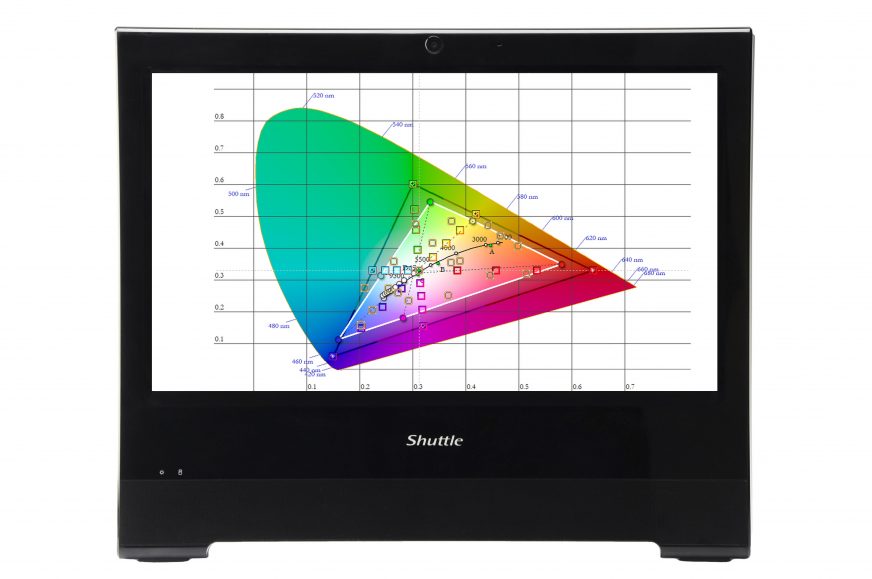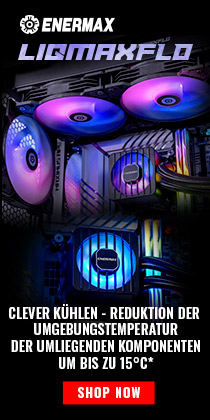Conclusion
There are not many cheap high-quality computers out there, so the design of XPC X50 is quite a pleasant surprise. It offers a lot of attractive features: display, robust mobile body, dust and liquid resistance, passive function, and the economical Kaby Lake. Shuttle managed to elegantly combine all of it into one handy device.
Conclusion
XPC X50V6 made a good impression. Due to its low cost, it’s the best compromise possible. The performance of dual-core Celeron is not exactly astonishing, but it is sufficient enough, the system and casual application run smoothly.
Obviously, lower performance means lower consumption, which is a good thing for passive cooling. The cooling system works splendidly. The coils are encapsulated and they don’t produce any annoying sounds (the power supply adapter is also completely silent). In addition, the cooler can handle a lot more than is required here. Even at maximum power, no component was hotter than 45.8 °C, which is the max. VRM temperature that we measured. The computer is well prepared for use in an industrial environment, and it is more resistant and durable than other cheap AIO PCs.
The display is not its strongest side. The backlight is well balanced, but everything else is below average. It is not appropriate for multimedia or office work.
If you are looking for an inexpensive AIO for your shop, showroom, or workplace, there’s probably no relevant alternative for X50V6. You will appreciate both the flexibility of the stand/holder as well as the closed construction without fans.
| Shuttle XPC X50V6 |
| + great product for the money |
| + it is completely silent: no fans and no noise produced by coils |
| + well-designed and efficient heatsink |
| + an adjustable stand/holder |
| + solid construction |
| + it is durable and suitable for industrial environment |
| + good workmanship |
| – low brightness of the display |
| – bad viewing angles |
| – no USB-C |
If you would like to give us a tip for a review, feel free to do so in the comment section.
We will be grateful for any feedback!
- Contents
- Parameters, details, and assembly
- Test procedures
- In idle
- Video decoding
- Image compression
- In burn (+ thermal images)
- Performance tests: transcoding and Mafia II
- Synthetics: Cinebench and 3DMark
- Conclusion









